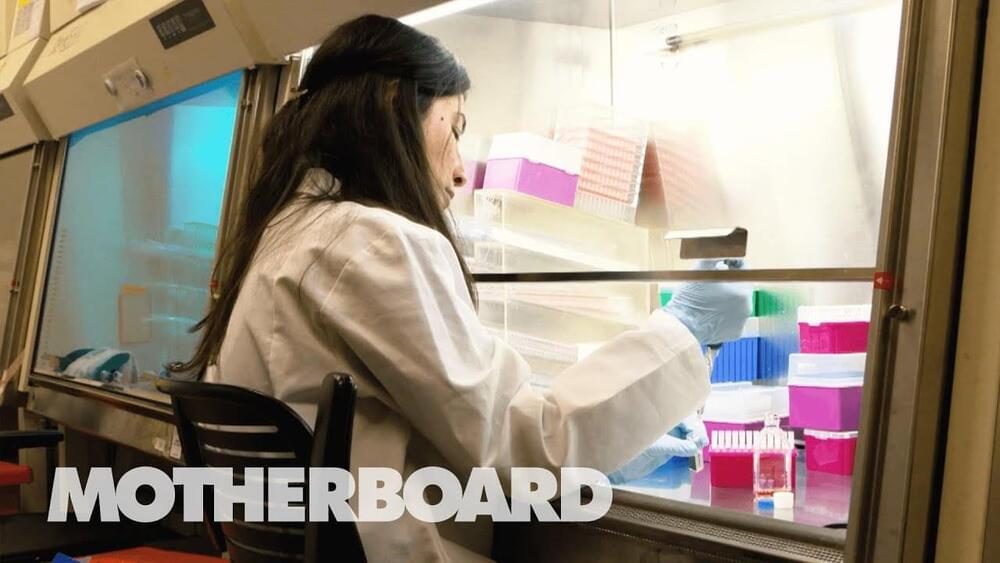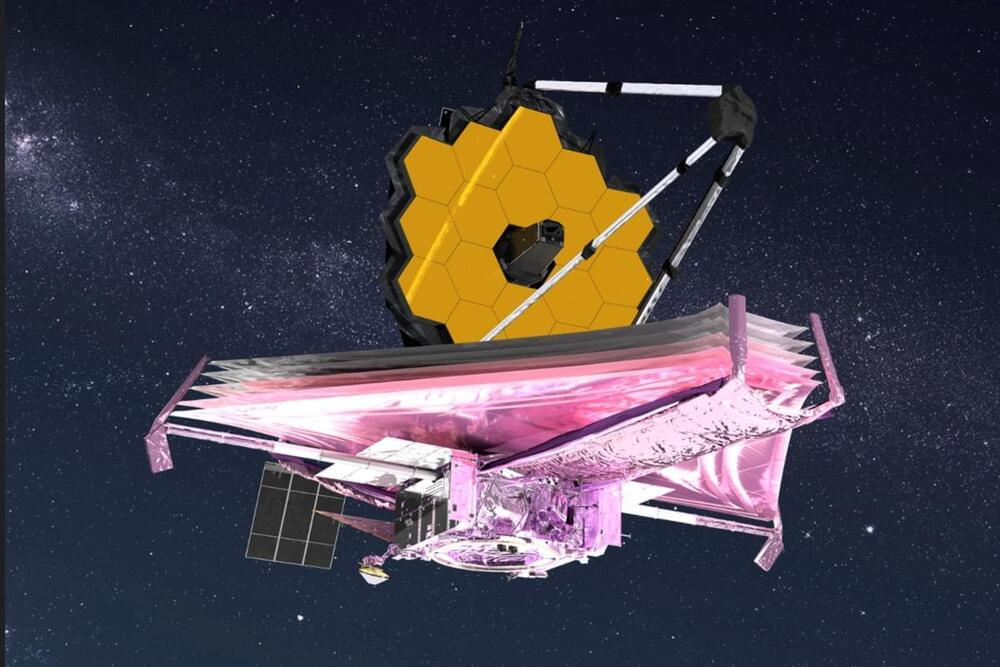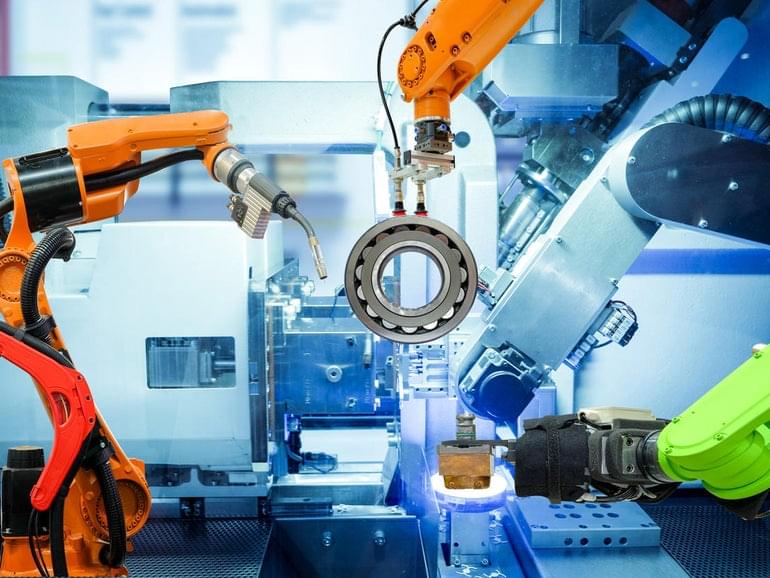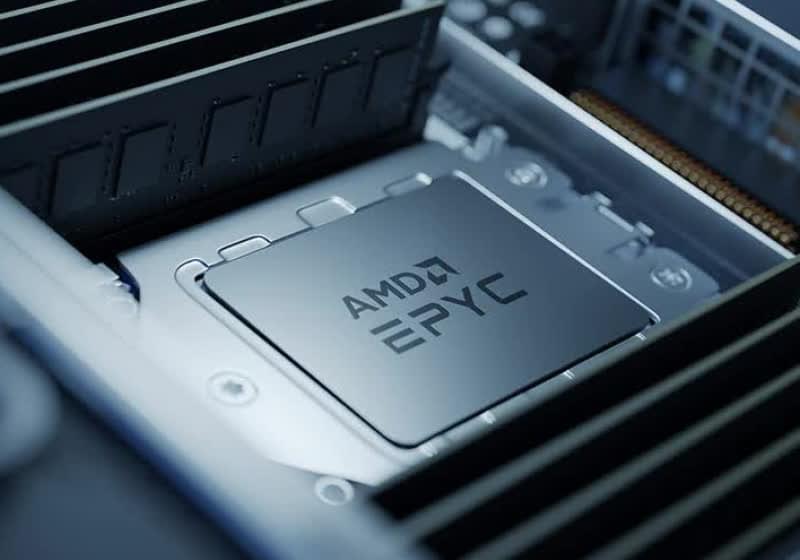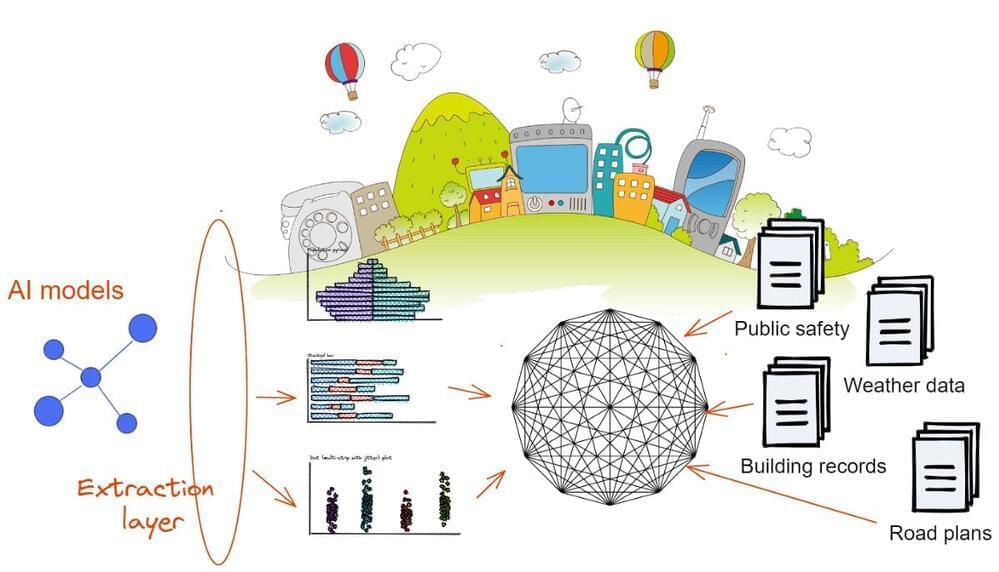Space Exploration Technologies Corporation’s (SpaceX) ch8ef executive officer Mr. Elon Musk has shared the latest details for his company’s Starlink satellite internet constellation. Starlink is SpaceX’s internet service which uses low Earth orbit (LEO) small satellites to beam down the Internet to its users. Due to a rapid cadence of launches, SpaceX has ensured that Starlink is the world’s largest internet constellation in service, and the company is currently upgrading the satellites with laser based connectivity. This will allow Starlink to expand its coverage and reach areas that cannot be served without ground stations to connect the satellites and the users to internet servers.
Starlink Will Soon Start To Operate Laser Links Between Satellites Confirms Musk
Mr. Musk shared the latest details through his social media platform Twitter, as he outlined the number of Starlink satellites currently in orbit and his company’s plans to activate newer spacecraft capable of optical communication. These are crucial for evaluating the internet service’s current capacity, which has come under fire from rivals in proceedings for spectrum sharing and licensing currently underway at the Federal Communications Commission (FCC).



